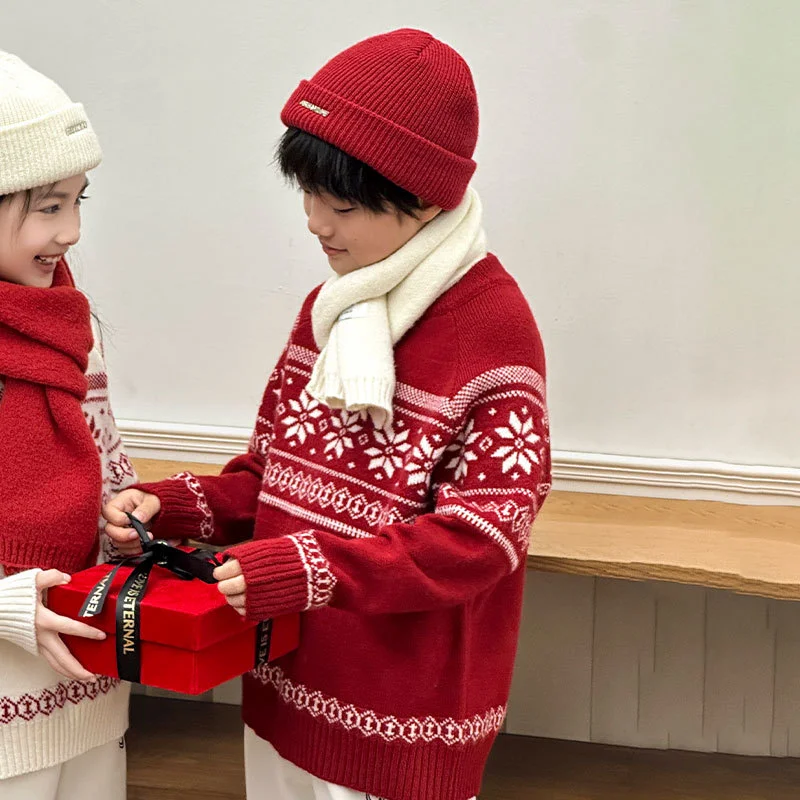In today's fashion-conscious world, counterfeit clothing has become a prevalent issue. With the rise of online shopping platforms and the increasing sophistication of counterfeiters, it has become more challenging to distinguish genuine garments from fake ones. However, armed with the right knowledge and keen observation skills, you can become a discerning shopper and avoid falling victim to counterfeit fashion. In this article, we will delve into the intricacies of identifying fake clothes, providing you with practical tips to ensure your purchases are authentic.
- Examine the Labels and Tags:
The first step in determining the authenticity of clothing is to closely inspect the labels and tags. Genuine garments typically feature high-quality labels with clear and precise information. Look for spelling errors, grammatical mistakes, or inconsistent fonts, as these are common indicators of counterfeit products. Additionally, check for holographic labels, unique serial numbers, or QR codes, which many brands incorporate to authenticate their products. - Assess the Quality of Materials:
Authentic clothing is crafted with superior materials and exhibits excellent craftsmanship. Counterfeit garments often use subpar fabrics, resulting in noticeable differences in texture, weight, and overall feel. Pay attention to stitching details, seams, and buttons, as these can reveal the level of craftsmanship. Genuine clothing tends to have neat, even stitching, while counterfeit items may display loose threads or uneven seams. - Analyze the Price and Packaging:
If a deal seems too good to be true, it probably is. Counterfeit clothing is often sold at significantly lower prices than genuine products. While occasional sales and discounts are common, excessively low prices should raise suspicion. Additionally, scrutinize the packaging. Authentic clothing is packaged with care, often including branded boxes, tissue paper, or dust bags. Counterfeit items may have generic or poorly designed packaging, lacking the attention to detail that reputable brands prioritize. - Research the Seller and Retailer:
Before making a purchase, conduct thorough research on the seller or retailer. Check their reputation, customer reviews, and ratings. Reputable sellers are more likely to offer genuine products and have a track record of customer satisfaction. If purchasing online, look for secure payment options, return policies, and customer support channels. Authentic brands often have authorized retailers listed on their official websites, ensuring you can trust the source. - Seek Professional Authentication:
When in doubt, seek professional authentication services. Some brands offer authentication programs or have partnerships with third-party experts who can verify the authenticity of their products. These services may involve examining specific details, such as fabric composition, hardware, or unique identifiers. While this option may incur additional costs, it provides peace of mind and guarantees the authenticity of your purchase.
Conclusion:
Identifying fake clothes requires a combination of knowledge, attention to detail, and a critical eye. By carefully examining labels, assessing material quality, analyzing pricing and packaging, researching sellers, and seeking professional authentication when needed, you can confidently navigate the fashion market and avoid falling prey to counterfeit products. Remember, investing in genuine clothing not only ensures you get the quality you deserve but also supports ethical practices within the fashion industry. Stay vigilant, and let your discerning eye be your guide in the pursuit of authentic fashion.






